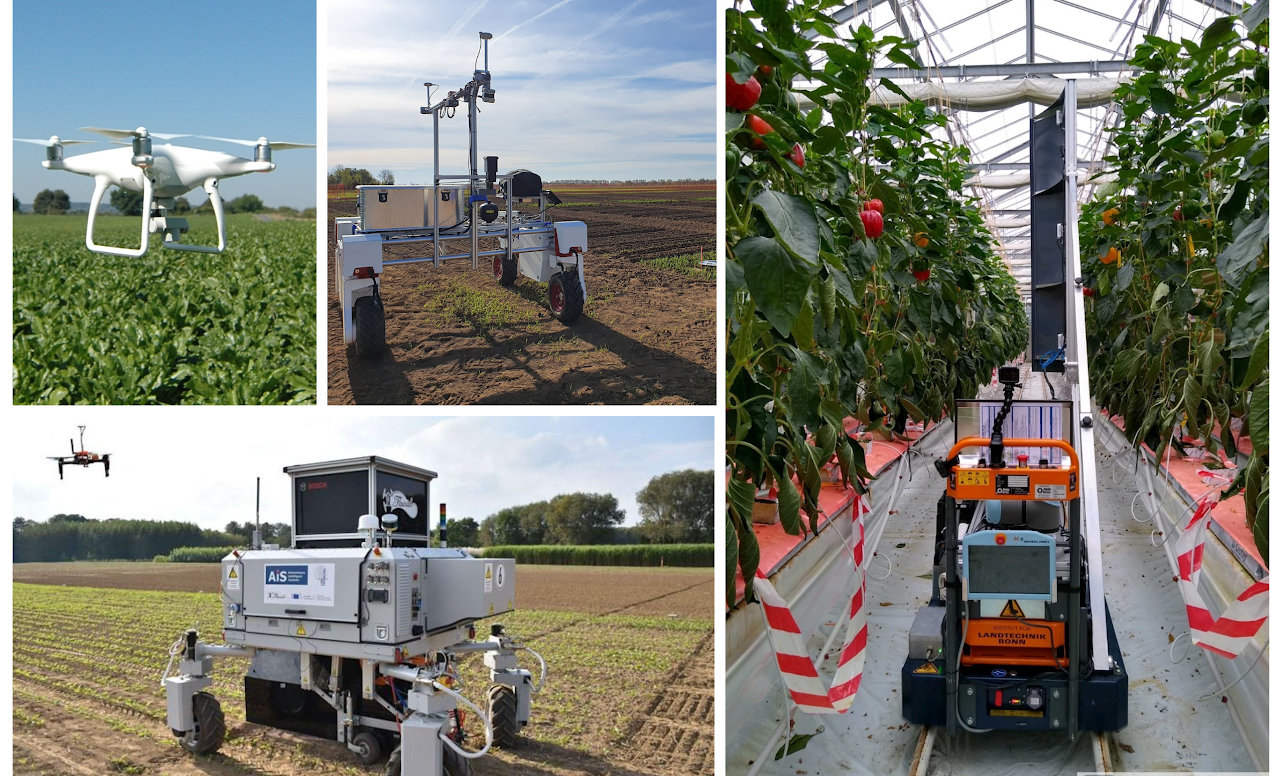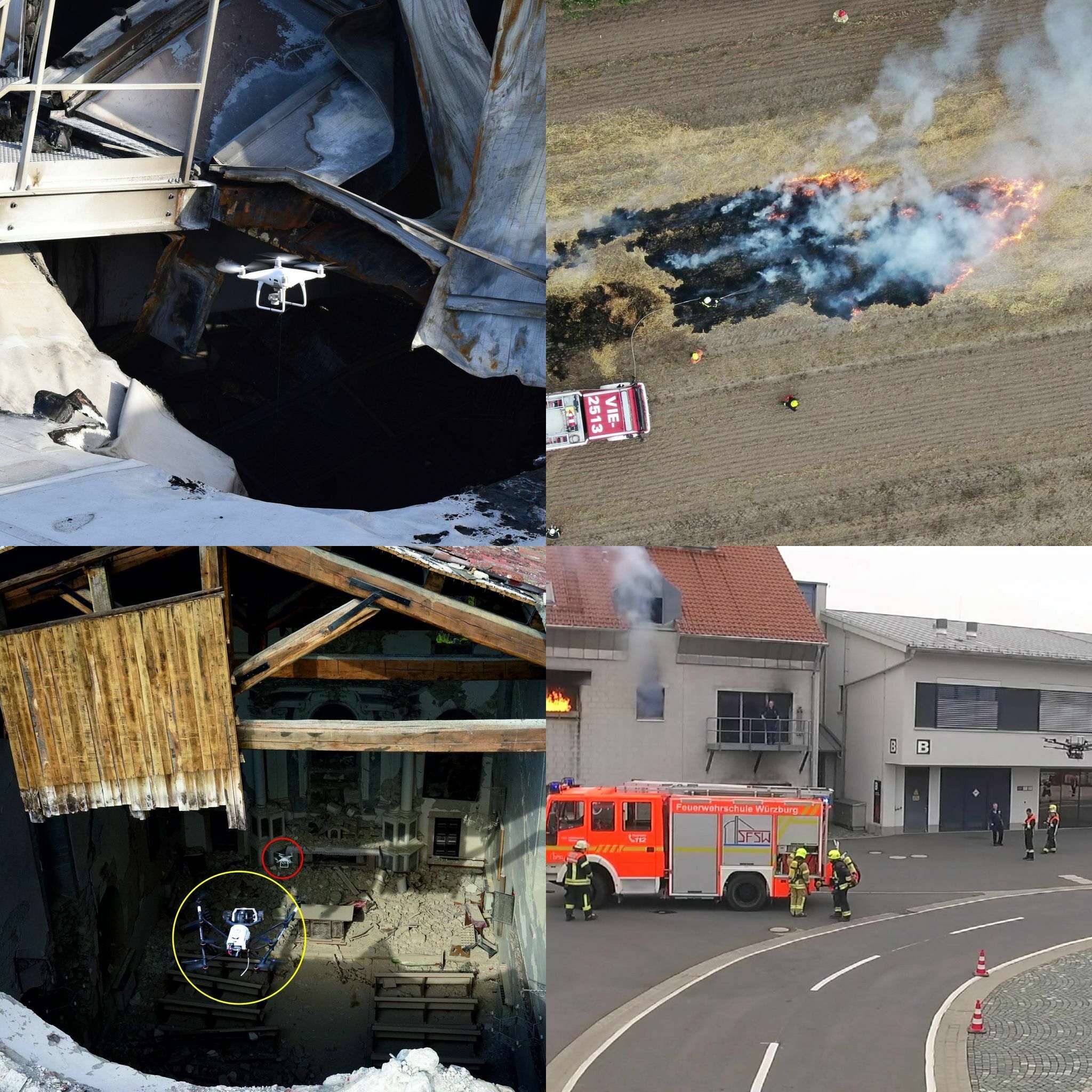Workshops
Workshops will take place August 31st, 2021.
WS1: How good is your map? Robotic Map Assessment and Standardisation

Organizers:
- Tomasz Piotr Kucner, AASS Research Centre, Örebro University, Sweden
- Martin Magnusson, AASS Research Centre, Örebro University, Sweden
- Francesco Amigoni, AIRLab, Politecnico di Milano, Milan, Italy
Starting Time: August 31st 2021, 9:00 CEST
Workshop Program: [External Link]
Maps are fundamental for the operation of most, if not all, mobile robotic systems. Even though it is a young field compared to other branches of science and technology, robotic mapping has undergone great developments. However, despite the importance of robotic maps, there is no consensus regarding what defines a good map, nor is there a common way to exchange maps between different manufacturers’ robotic platforms. These shortcomings hamper the development of the field of mapping for mobile robots as well as other fields that depend on it. Developments in engineering usually come when common ways are established to define concepts and components and to measure the performance of such systems and components. Robotics is no exception. Thus standardisation and assessment — qualitative and, especially, quantitative — of maps are of paramount importance.
WS2: Workshop on Agricultural Robotics and Automation

Organizers:
- Marija Popović, Cluster of Excellence „PhenoRob“, Institute of Geodesy and Geoinformation, University of Bonn, Germany
- Nived Chebrolu, Oxford Robotics Institute, University of Oxford, UK
- Federico Magistri, Cluster of Excellence „PhenoRob“, Institute of Geodesy and Geoinformation, University of Bonn, Germany
Workshop Program: [External Link]
With the world population projected to reach 9.6 billion by 2050, changes in crop production using new technologies and artificial intelligence will play a key role in meeting rising food demands and improving environmental sustainability. Recent years have seen impressive advances in the area of agricultural robotics: robots are increasingly being used in applications such as crop phenotyping and monitoring, weed control, fruit picking, targeted spraying of pesticides and fertilisers, and more. These exciting scenarios incite new challenges for research and innovation in different robotic fields, including perception, motion planning and control, manipulation, learning, and decision-making, which must be tackled to improve the capabilities of autonomous systems in challenging farm environments, both in outdoor field and glasshouse conditions. A key aspect of research problems in autonomy for agricultural robots is their interdisciplinary nature that spans both robotics and agricultural sciences. This workshop focuses on recent advances in agricultural robotics and automation. The objective is to bring together researchers and practitioners to share ideas and approaches enabling robotic systems in agriculture. The workshop will offer an overview of the state-of-the-art through a series of invited and contributed talks, and discussions among participants will be encouraged to exchange knowledge, brainstorm new ideas, and envision the future of this field. In particular, emphasis will be placed on fostering the link between robotic platforms and domain-specific knowledge from plant sciences for real-world applications.
WS3: Resuce Robotics in the Field

Organizers:
- Hartmut Surmann, Westfälische Hochschule, Gelsenkirchen, Germany
- Andreas Nüchter, Julius-Maximilians-University Würzburg, Germany
Workshop Program: [External Link]
Despite good training, tactical concepts and protective equipment, thousands of emergency services around the world are injured or killed in action every year. With the advancing technical development, it is foreseeable that mobile robot systems will increasingly take over tasks in order to make the handling of operations safer. The workshop aims at bringing together researchers and end users, who work in the field. The goal of the workshop is to (1) foster the discussion between them, (2) establishing cooperation, (3) increasing the visibility of their methodical approaches, and (4) contribute to the progress in the field through strengthening approaches that allow for comparative rescue robotic research in the field.